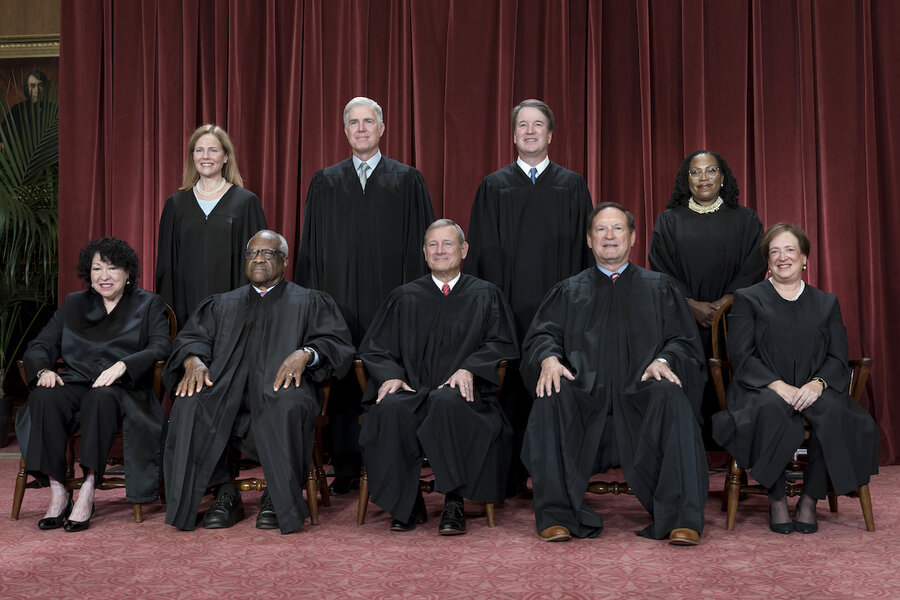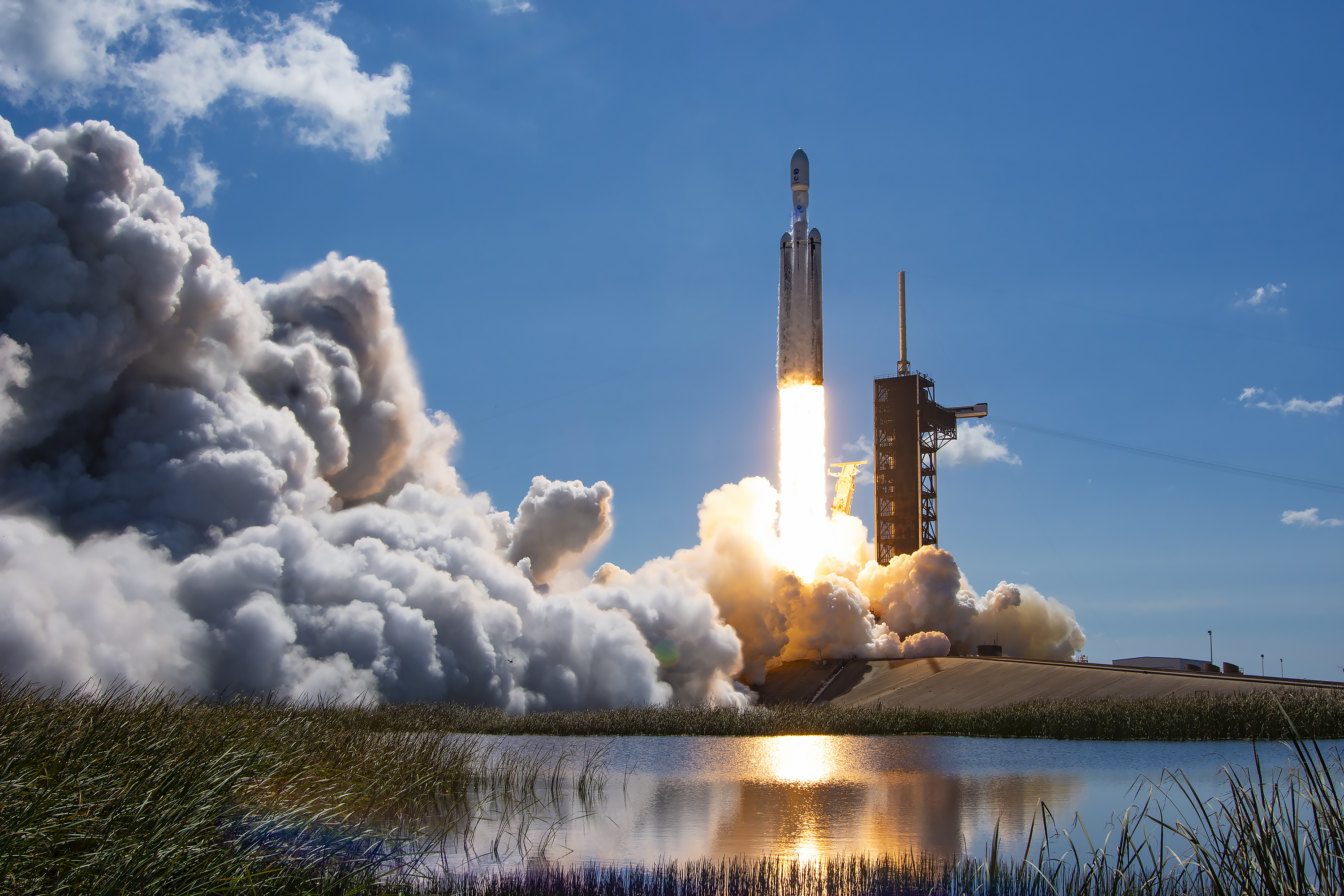Researchers at the Department of Energy’s Oak Ridge National Laboratory have successfully demonstrated the first 270-kW wireless power transfer to a light-duty electric vehicle. The demonstration used a Porsche Taycan and was conducted in collaboration with Volkswagen Group of America using the ORNL-developed polyphase wireless charging system.
As a light-duty passenger vehicle, the Porsche Taycan would be difficult to equip using conventional large, heavy wireless power transfer systems. The vehicle can’t support the charging hardware due to space, weight and volume limitations. Existing wireless charging systems for light-duty vehicles are currently under development for up to 11-kW power levels with up to 92% efficiency. Current industry standards cover up to 20-kW power levels.

The ORNL-invented system that transferred power to the Porsche uses lightweight polyphase electromagnetic coupling coils with a diameter just over 19 inches that allow for higher power density in the smallest coil possible. This process is similar to the wireless charging of small consumer devices, but the unique geometry and design of the polyphase coils enable the transfer of extremely high power levels using rotating magnetic fields generated by the coil phase windings to boost the power. The charging system was seamlessly integrated into the undercarriage of the vehicle.
The wireless power transfer technology also includes protection systems that prevent exceeding voltage and current limits, overheating and short-circuiting. These systems can initiate shutdown procedures in the event of power interruptions or other unexpected conditions that would interfere with safe power transfer.
“The receiver coil designed for the Porsche Taycan research vehicle can achieve 8 to 10 times higher power density compared to existing systems,” said ORNL’s Omer Onar, leader of the Vehicle Power Electronics group and lead researcher on the Porsche demonstration. “Per kilowatt weight, this is also the most lightweight charging system in the world.”
Power density is important in wireless charging because it indicates how much power the system can handle relative to its size. The goal is to achieve higher densities from smaller, more compact systems to improve overall efficiency and performance. ORNL’s system can achieve a 50% increase in state of charge within 10 minutes with more than 95% efficiency. The power transfer was conducted over a 4.75-inch gap between the ground and the coil mounted to the underside of the vehicle.

Brian Wang is a Futurist Thought Leader and a popular Science blogger with 1 million readers per month. His blog Nextbigfuture.com is ranked #1 Science News Blog. It covers many disruptive technology and trends including Space, Robotics, Artificial Intelligence, Medicine, Anti-aging Biotechnology, and Nanotechnology.
Known for identifying cutting edge technologies, he is currently a Co-Founder of a startup and fundraiser for high potential early-stage companies. He is the Head of Research for Allocations for deep technology investments and an Angel Investor at Space Angels.
A frequent speaker at corporations, he has been a TEDx speaker, a Singularity University speaker and guest at numerous interviews for radio and podcasts. He is open to public speaking and advising engagements.
Note: This article have been indexed to our site. We do not claim legitimacy, ownership or copyright of any of the content above. To see the article at original source Click Here













